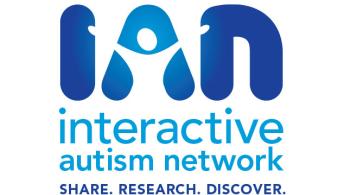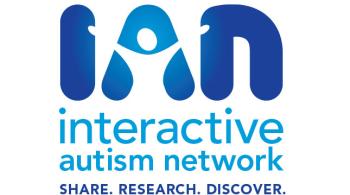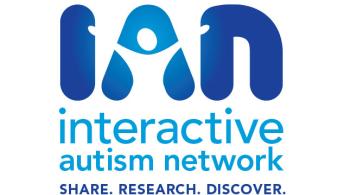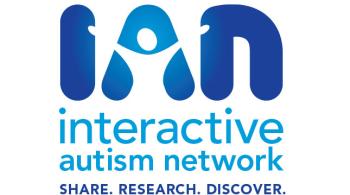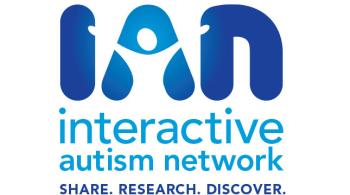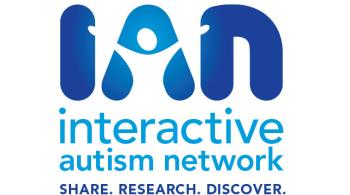Date Last Revised: October 30, 2008
Date Published: April 2, 2007
Like people with autism, people with Asperger's syndrome have a dreadful time understanding what is going on, socially. They do not always pay attention to the social scene in which they find themselves, and even when they do, they are often not able to make sense of what they see, or to respond appropriately.
There are some claims that what makes them different from people with autism is a greater desire to interact. Unlike more classically autistic children, who may be described as “aloof” or “passive” in their social interactions, children with Asperger’s tend to be “active but odd.”1 Not content to be alone all the time, they long to form friendships (as they understand them) with others. Unfortunately, they have very little idea how to make friendship work. Their approach is awkward and one-sided, and reflects a lack of understanding that the other person in the exchange has needs and wishes that have to be taken into account, too. Because they cannot read social or emotional cues well, they come off as insensitive, pushy, or strange, yet have very little insight into how they are perceived. One group of clinician-researchers commented:
“They may be able to describe correctly, in a cognitive and often formalistic fashion, other people’s emotions, expected intentions, and social conventions; yet, they are unable to act on this knowledge in an intuitive and spontaneous fashion, thus losing the tempo of the interaction. Their poor intuition and lack of spontaneous adaptation are accompanied by a marked reliance on formalistic rules of behavior and rigid social conventions. This presentation is largely responsible for the impression of social naiveté and behavioral rigidity that is so forcefully conveyed by these individuals.” 2
These social deficits, which may be somewhat masked at home where all is familiar and adults bend to a child’s unique style, stand out in sharp relief once the child is placed into a group context with typical peers, whether at informal play groups or pre-school. It is around this pre-school period that many parents first become concerned about how their child is functioning.3
Emotion is another realm that befuddles people with Asperger's. It is often said that they lack empathy. If, by empathy, you mean a deep understanding of other people’s specific emotional states and how to respond appropriately, this is true. What it does not mean, however, is that they lack all compassion. They are more “self-centered than selfish,"4 with an attitude towards others that may range from indifference to deep concern, but is rarely malicious.
Because people with Asperger's are intelligent but “lack empathy," fears have sometimes been raised that they may be sociopathic. This is absolutely not the case. A true sociopath is a ruthless manipulator with an uncanny ability to read and utilize others’ emotions against them for his own gain.5 People with Asperger's are, in sharp contrast, clueless:
Individuals with Asperger's Syndrome often transgress rules at school, with people, and in the community at large, and their behavior may indeed lead to formal encounters with school authorities or law enforcement officers. However, they typically do not engage in these acts willfully or maliciously. Their social ineptitude and unawareness of social rules and expectations may lead them, for example, to make blunt requests of a sexual nature; or their intense and all-absorbing circumscribed interests may lead them to commit eccentric acts associated with those interests… More typically, however, these individuals are too naïve to become ‘competent criminals.’ In fact, individuals with Asperger's are much more likely to be victims than victimizers due to their inability to read the intents of others.” 6
One result of their naiveté is an unedited, complete and utterly honest approach that can be both refreshing and alarming. People with Asperger's tend to say what they are thinking without the social filter “neurotypical” people employ. They might comment on somebody’s race, beer gut, or disability without any awareness that such a comment could be negatively received. On the positive side, this is something valuable they have to offer in the area of friendship: a relationship devoid of double meanings, manipulation, or little white lies.
The more aloof individuals with Asperger's have been likened to Mr. Spock of Star Trek – the logic-bound Vulcan who saw human passion as distasteful and barely comprehensible.7 The warmer ones resemble Mr. Data,8 also of Star Trek fame – the android who, like Pinocchio, wanted to be a “real” person, but struggled with understanding emotion, humor, and romance. Both characters provide an opportunity for insight into what it might be like to have Asperger’s syndrome: to be so bright in some ways, so lost in others.
- Wing. L., & Attwood, A. (1987). Syndromes of autism and atypical development. In D. Cohen, A. Donellan, & R. Paul (Eds.), Handbook of autism and pervasive developmental disorders (pp. 3-19). New York: Wiley.
- Klin, A., McPartland, J., & Volkmar, F. (2005). Asperger syndrome. In F. Volkmar et al. (Eds.), Handbook of Autism and Pervasive Developmental Disorders (pp.88-125). Hoboken, NJ: John Wiley & Sons. (pg.99)
- Klin, A., McPartland, J., & Volkmar, F. (2005). Asperger syndrome. In F. Volkmar et al. (Eds.), Handbook of Autism and Pervasive Developmental Disorders (pp.88-125). Hoboken, NJ: John Wiley & Sons. (pg.98)
- Attwood, T. (1998). Asperger’s syndrome: A guide for parents and professionals. London and Philadephia: Jessica Kingsley Publishers. (pg. 30)
- Hare, R.D. (1999). Without conscience: The disturbing world of the psychopaths among us. New York: The Guilford Press.
- Klin, A., McPartland, J., & Volkmar, F. (2005). Asperger syndrome. In F. Volkmar et al. (Eds.), Handbook of Autism and Pervasive Developmental Disorders (pp.88-125). Hoboken, NJ: John Wiley & Sons. (pg. 101)
- Jacobs, B. (2003). Loving Mr. Spock: Understanding an aloof lover – could it be Asperger’s? Arlington, TX: Future Horizons.
- Grandin, T. (2006). Thinking in pictures: My life with autism (Exp. ed.). New York: Vintage Books. (Chapter 7: Dating Data, pp 152-166.)



